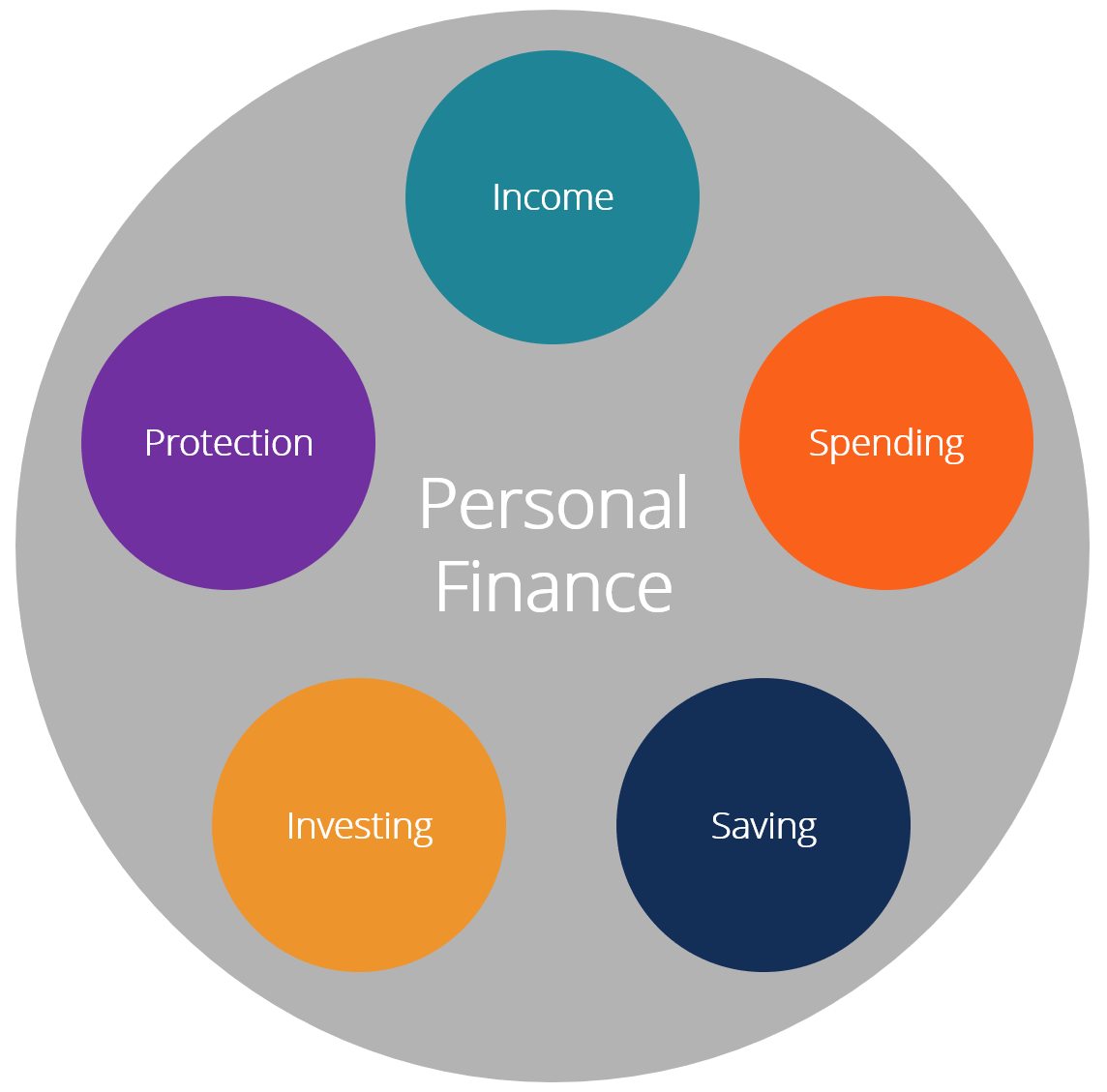In the realm of personal finance, understanding the concept of assets is crucial for making informed decisions about one’s financial well-being. Assets are essentially resources that have value and can be used to generate income, reduce expenses, or increase one’s net worth. In this article, we will delve into the world of asset definition in personal finance, exploring the different types of assets, their characteristics, and how they can be utilized to achieve financial stability and growth.

What are Assets?
Assets are items or resources that have economic value and can be converted into cash or used to generate income. They can be tangible, such as real estate, vehicles, or jewelry, or intangible, like stocks, bonds, or intellectual property. Assets can be categorized into different types, including:
- Liquid Assets: These are assets that can be easily converted into cash, such as savings accounts, money market funds, or certificates of deposit (CDs).
- Illiquid Assets: These are assets that are difficult to convert into cash, such as real estate, art, or collectibles.
- Financial Assets: These are assets that represent a claim on the income or assets of another entity, such as stocks, bonds, or mutual funds.
- Physical Assets: These are tangible assets, such as real estate, vehicles, or equipment.
Types of Assets
There are several types of assets that individuals can own, including:
- Cash and Cash Equivalents: This includes savings accounts, money market funds, and CDs.
- Stocks: Stocks represent ownership in a company and can provide dividend income and capital appreciation.
- Bonds: Bonds are debt securities that represent a loan made to a borrower, typically with a fixed interest rate and maturity date.
- Real Estate: Real estate includes residential and commercial properties, as well as real estate investment trusts (REITs).
- Commodities: Commodities are physical assets, such as gold, oil, or agricultural products.
- Intellectual Property: Intellectual property includes patents, trademarks, copyrights, and trade secrets.
- Retirement Accounts: Retirement accounts, such as 401(k)s and IRAs, are tax-advantaged savings vehicles that allow individuals to save for retirement.
Characteristics of Assets
Assets have several characteristics that can affect their value and usefulness, including:
- Liquidity: The ease with which an asset can be converted into cash.
- Risk: The potential for an asset to lose value or fail to generate expected returns.
- Return: The potential for an asset to generate income or appreciate in value.
- Volatility: The degree to which an asset’s value can fluctuate over time.
- Diversification: The potential for an asset to reduce risk by spreading investments across different asset classes.
How to Use Assets to Achieve Financial Stability and Growth
Assets can be used in various ways to achieve financial stability and growth, including:
- Income Generation: Assets can be used to generate income, such as through dividend-paying stocks or rental properties.
- Wealth Accumulation: Assets can be used to accumulate wealth over time, such as through the appreciation of real estate or the growth of a stock portfolio.
- Risk Management: Assets can be used to manage risk, such as through diversification or the use of hedging strategies.
- Tax Optimization: Assets can be used to optimize tax efficiency, such as through the use of tax-deferred retirement accounts or tax-loss harvesting.
Common Mistakes to Avoid
When it comes to assets, there are several common mistakes that individuals can make, including:
- Lack of Diversification: Failing to diversify assets can increase risk and reduce potential returns.
- Over-Concentration: Over-concentrating assets in a single asset class or investment can increase risk and reduce potential returns.
- Emotional Decision-Making: Making investment decisions based on emotions, rather than a well-thought-out strategy, can lead to poor outcomes.
- Failure to Monitor and Adjust: Failing to regularly monitor and adjust an asset allocation can lead to suboptimal performance and increased risk.
FAQs
- What is the difference between an asset and a liability?
An asset is a resource that has value and can be used to generate income or reduce expenses, while a liability is a debt or obligation that must be paid. - How do I determine the value of an asset?
The value of an asset can be determined by its market value, which is the price at which it can be bought or sold in the market. - What is the best way to diversify my assets?
The best way to diversify assets is to spread investments across different asset classes, such as stocks, bonds, and real estate. - How often should I review and adjust my asset allocation?
It is recommended to review and adjust an asset allocation at least annually, or as market conditions change. - What is the role of assets in achieving financial stability and growth?
Assets play a crucial role in achieving financial stability and growth by providing a source of income, reducing expenses, and increasing net worth.
Conclusion
In conclusion, understanding asset definition in personal finance is essential for making informed decisions about one’s financial well-being. Assets can be categorized into different types, including liquid, illiquid, financial, and physical assets. By understanding the characteristics of assets, such as liquidity, risk, return, volatility, and diversification, individuals can make informed decisions about how to use assets to achieve financial stability and growth. By avoiding common mistakes, such as lack of diversification and emotional decision-making, individuals can optimize their asset allocation and achieve their financial goals. Whether you are just starting to build your asset portfolio or are looking to optimize your existing assets, understanding the concept of assets is crucial for achieving financial success.
Closure
Thus, we hope this article has provided valuable insights into Understanding Asset Definition in Personal Finance: A Comprehensive Guide. We thank you for taking the time to read this article. See you in our next article!